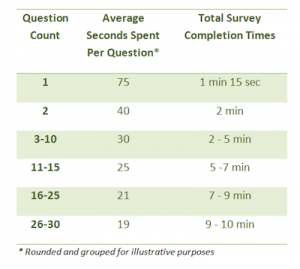In today’s workplace ecosystem it’s becoming the norm for workers to change jobs every few years. Even more frightening for businesses, up to 20% of new hires leave within the first 45 days of employment due to first impressions.
Companies invest a lot of time, money, and effort during the recruiting process, not to mention more than a month’s worth of training and ramp-up time. Recent reports have even published that it costs companies 30-50% of an entry-level employees salary to replace them, and up to 150% for a mid-level employee.
With this in mind, the importance of retaining employees is imperative. Here are some key tips on how to properly onboard employees:
Take care of the logistics
Make sure the basics are set; this means having a desk set up, a working phone and computer ready upon arrival. Get them a badge, a parking pass, or anything else they need to access the building within the first few days so they are not dependent on anyone else.
Introduce them
Walk them around the company or department and introduce them to key people they will see and interact with every day. If possible, assign them a mentor that they can shadow for the first week. Social events such as a team lunch or happy hour are a nice informal way to welcome the new hire and can put their nerves at ease.
Provide proper training
For new hires, nothing can be more confusing than starting a new job and not knowing what they should be doing. Make sure they have an employee training schedule set up, with confirmed dates, times, and content to be covered by each trainer. Try to start in sales or marketing since those departments will be able to give a general overview of the company’s image and offerings.
Give them work and keep them busy
All too often new hires are left to their own devices for long stretches as they get “up to speed,” which makes the day drag on interminably. Even if it’s a small task, give them initial projects that will help them learn the business. Good examples of projects that help both the new hire and the company are competitor audits or material proofing.
Offer feedback and open discussion
Once the new hire is up and running, it’s important to review their performance with them early on so they have clear expectations about their role. Most companies will have a 30 day, 90 day and 6-month check-ins to provide feedback at. This way, the employee knows early on how they are performing and can course correct to make for a successful annual review.
Listen and learn
Feedback goes two ways. It is also important to get their feedback and learn how the onboarding process went for them. They may have good suggestions to improve upon for the next round.
Also, remember that new hires bring new perspectives on old issues whereas longtime employees may have developed “groupthink.” Use new employees to point out weaknesses or even strengths that often go unnoticed. If they are from your industry, ask for insights into how the competition stacks up and find ways improve. Not only will it help your company, but it will also make the employee feel valued early on.
Business & Finance Articles on Business 2 Community(23)







